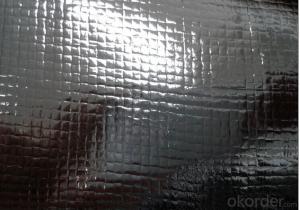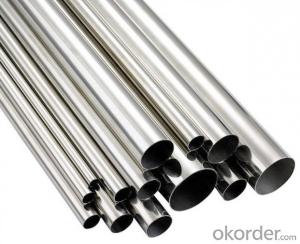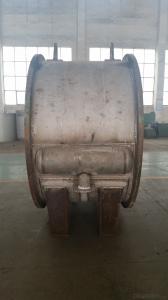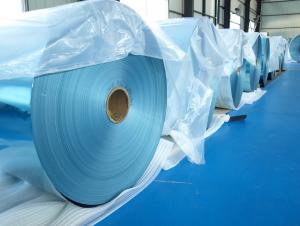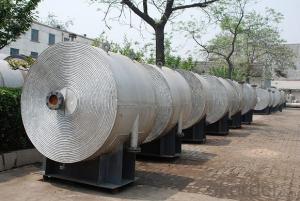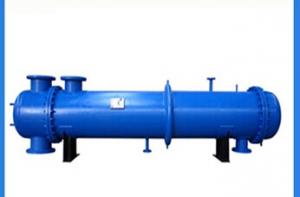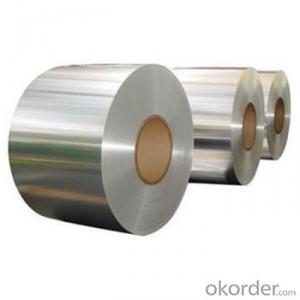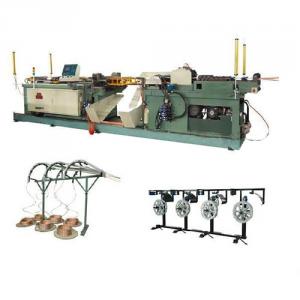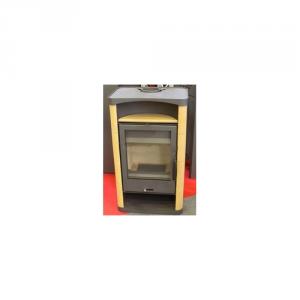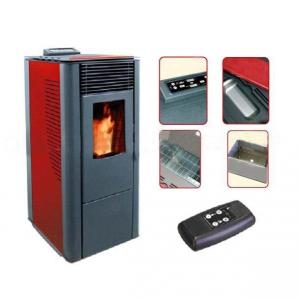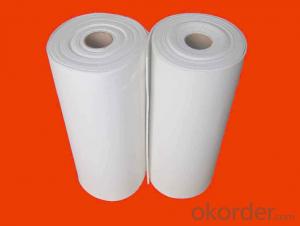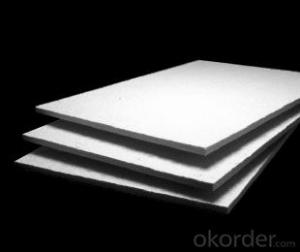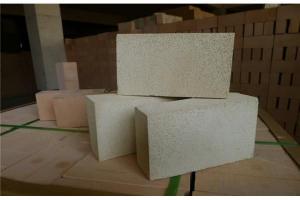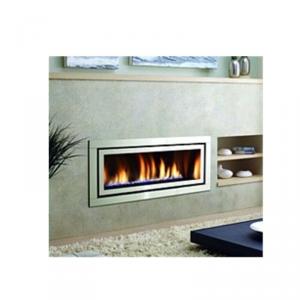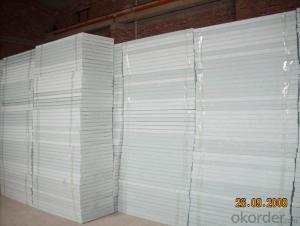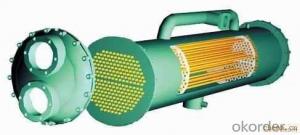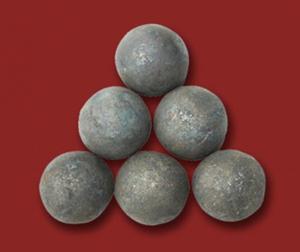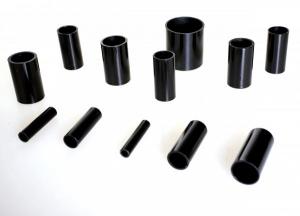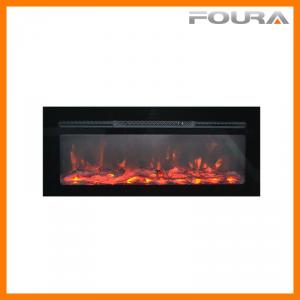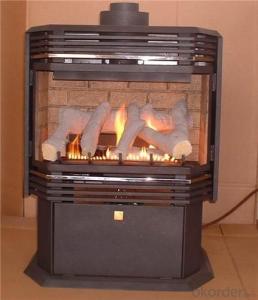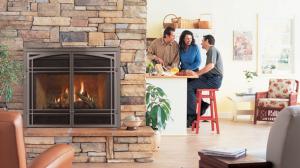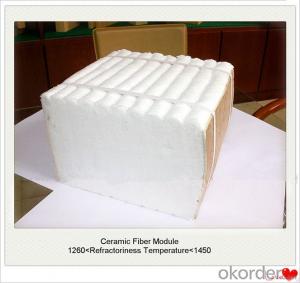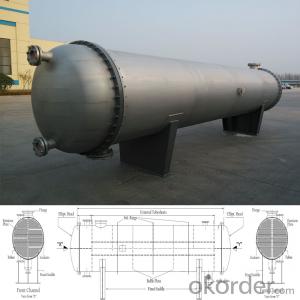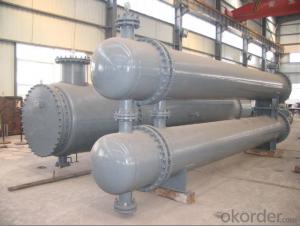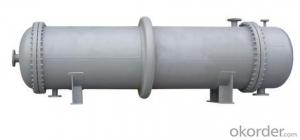Fireplace Heat Exchanger
Fireplace Heat Exchanger Related Searches
3 Inch Stainless Steel Pipe 2 Inch Stainless Steel Pipe 3 4 Stainless Steel Pipe 3 Stainless Steel Pipe 1 Stainless Steel Pipe 4 Stainless Steel Pipe Sch 10 Stainless Steel Pipe Stainless Steel Threaded Pipe Stainless Steel Pipe Flange Stainless Steel Flex PipeHot Searches
Cheap High Tea Sets For Sale Portable Led Signs For Sale Stone Hot Water Bottles For Sale Large Led Screens For Sale H4 Led Headlight Bulbs For Sale Air Pump For Aquarium Price Inverter Size For Solar System Solar Thermal Collectors For Sale Used Finger Joint Machine For Sale Aluminum Plate For Sale Near Me Pipe Staging For Sale Aluminum Stock For Sale Near Me 6 3 Electrical Wire For Sale Aluminum Towers For Sale 6 3 Wire For Sale Bbq Machine For Sale Aeration Machine For Sale Used Power Inverters For Sale Hvac Vacuum Pump For Sale Used Hotel Furniture For Sale OnlineFireplace Heat Exchanger Supplier & Manufacturer from China
Okorder.com is a professional Fireplace Heat Exchanger supplier & manufacturer, offers integrated one-stop services including real-time quoting and online cargo tracking. We are funded by CNBM Group, a Fortune 500 enterprise and the largest Fireplace Heat Exchanger firm in China.Hot Products
FAQ
- What the difference if the water passed through the shell and the hot air (with same inlet temperature and mass flow rate) are passed through the tubes ?
- There might be some difference in the performance of the exchanger but the long term problem could be difficulty with fouling on the side from the water. The overall heat transfer coefficient could be affected by the differences in the velocity of the two fluids. The pressure drop could also be affected with the reversal of two fluids. It would take a rigorous calculation to determine the actual change in exchanger performance. Water is typically put on the tube side for ease of cleaning the tubes that can be fouled by deposits from the water impurities.
- In a parallel-flow heat exchanger, the inlet and exit temperatures of the hot fluid are 80 ?C and 40 ?C respectively and the cold fluid enters the heat exchanger at the temperature if 10 ?C. If the relative thermal capacity (Cmin/Cmax) in the heat exchanger is 0.6, calculate the effectiveness of the heat exchanger.Answer A.It is not possible to calculate the effectiveness in this case, because the cold fluid exit temperature has not been provided B.1 C.0.57 D.0.73
- E = Ch/Cmin * [(Tin - Tout)/(Tin - tin)] assuming Ch = Cmin Cc = Cmax E = 1 * [(80-40)/(80-10)] = 0.57
- if the solarheater is in good coundition
- There are system issues to consider also. For example, is this a closed glycol-system with a heat exchanger, or does it heat the water directly from the incoming supply? Glycol systems require a circulating pump and usually have a temp sensor on the collector to ensure that the water temp in the collector is going to contribute thermal energy to the heat exchanger. If there is sun and there is glycol in the system, check the circulating pump, controller and temp sensor. Also, if the system is not plumbed propoerly you can get air trapped which will prevent the circulation of the water. Pool heaters are similar but instead of glycol and a heat exchanger, there are valves that detect when the solar heater will add to the temp of the pool or spa, and the valves will open to circulate pool water through the collector. If the valves aren't working properly of the controller is malfunctioning, or there is air trapped in the system, it won't work. Also, the pump has to generate sufficient head (pressure) to raise the water up through the collector. If the pump is inadequate or there is a plumbing issue, the pump will run, but the water won't circulate. If the system uses supply source it relies on adequate sun exposure to heat the water in the collector resevoir before the water is delivered to the storage tank, usually a hot water heater. If the plumbing is done correctly and there is sun and time to heta the water, the resevoir temp will reach temps of over 120 degrees F. If not plumbed properly there can be other issues like described above. j
- I’m not talking about the heat exchanger, but an actual radiator like in a car
- About the only application that would need one would be a swamp boat. Most marine applications use water from outside the boat to cool the engine and return it to the river/lake or other body of water. When operating in salt water special considerations are made to the engine alloys that come in contact with the coolant. But now always, for every rule there is an exception.
- how do engineers use the earth's heat to create geothermal energy?
- The use the earth's heat to heat water which creates steam. This steam spins a turbine, and this turbine is connected to a generator which produces electricity.
- I have an air exchanger in my house and the thermostat units are in % relative humidity. Can someone tell me, in plain English, how and when I should adjust it?
- relative humidity is supposed to be 50%. are you certain you don't have a temp setting on your THERMO-stat? put it on 50% i guess. you have a system i am not familiar with. i guess you can heat and cool air based on humidity. must be a humidifier. maybe it's evaporative cooling...hmmmm.... where do you live? just curious. BTW, there is no adjustment for a heat exchanger. an air handler should be sized for the equipment. indoor fan should be on high speed for cooling. ahhhh! nova scotia. that explains it. i'm in hot old texas and our systems, residential, are pretty simple. humidity level is usually controled by the evaporator. some folks with special needs have humidifiers built in but they arent typical. another thing to remember, in cold, cold, weather, the air can become very dry. that's why you have a setting. you can up the amount of moisture in the air while your furnace is running. see what i'm saying?
- My home has central air conditioning which is good and works fine. It does not have duct work to cool or heat the attached 2car garage. We would like to have a heat exchanger (similar to those used in motel rooms) installed in the outside wall at the back of the garage. Before contacting a contractor, we want advice on what we should ask for, in terms of type (plate or tube). Any other advice will be welcome
- I think you are asking for a heat pump. When you contact a vendor, let them know what your intended purpose for the garage will be; do you just need to heat it, do you want to heat and cool, or just cool? Will the garage be used often, or just rarely? With this information, you will have more options for your specific use.
- how do i get the most heat from my fireplace ?
- Short of adding an expensive fan powered fireplace insert, there is a type of log grate you can buy that is made of tubing which is supposed to direct warm air into the room. Using a glass fireplace screen will cause your fire to burn more slowly and heat the mass wall (brick or stone) and hearth longer. Depending on your fireplace, there are heat exchangers (some which are fan powered) that connect into the flue pipe to recover some heat lost up the chimney. These are relatively inexpensive and a good chioce for fireplaces with an exposed flue like the type on a wood stove. Since winter air is usually drier, humidification is a very good way to get more from your fireplace. Simply put, moist air requires more energy to warm but it also holds heat longer. Moist air also feels warmer than dry air and is better for the lungs. Something simple as putting a pan of water on or near the fireplace will help, they sell very nice humidifier pots as well. Adding a humidifier to your furnace or a stand alone unit are also good options.
